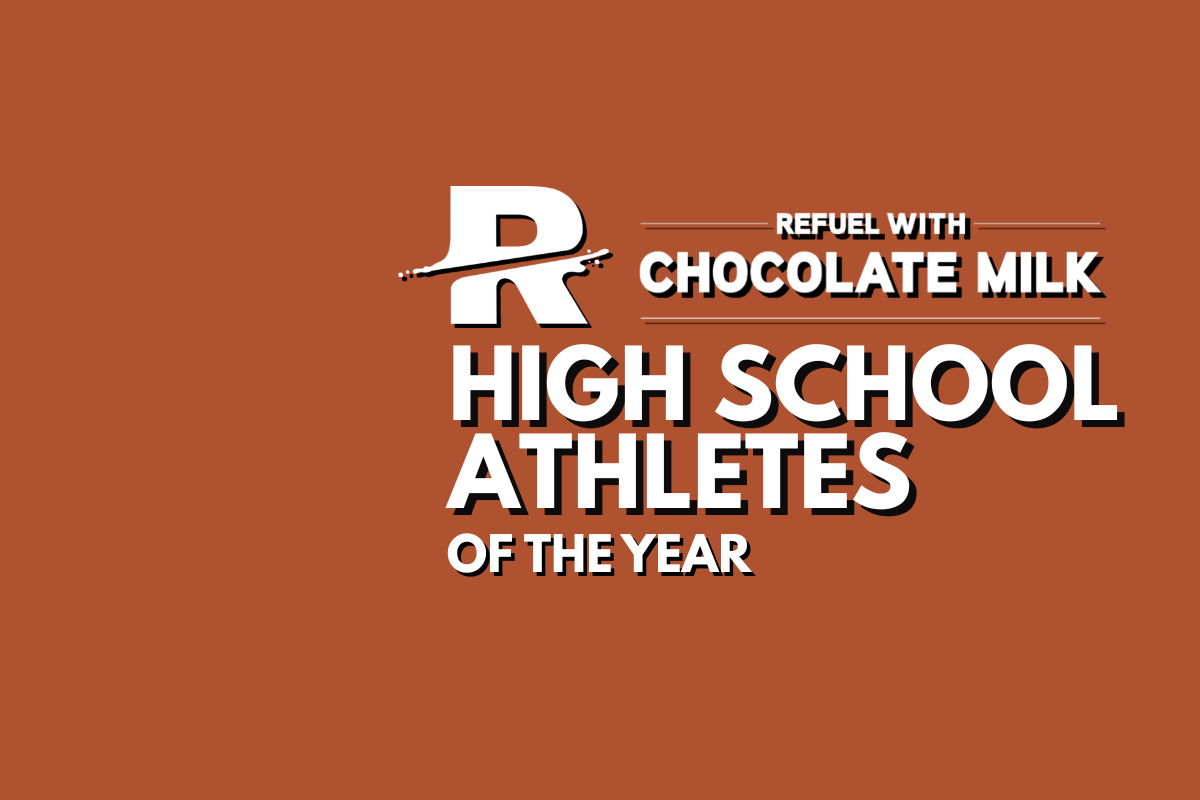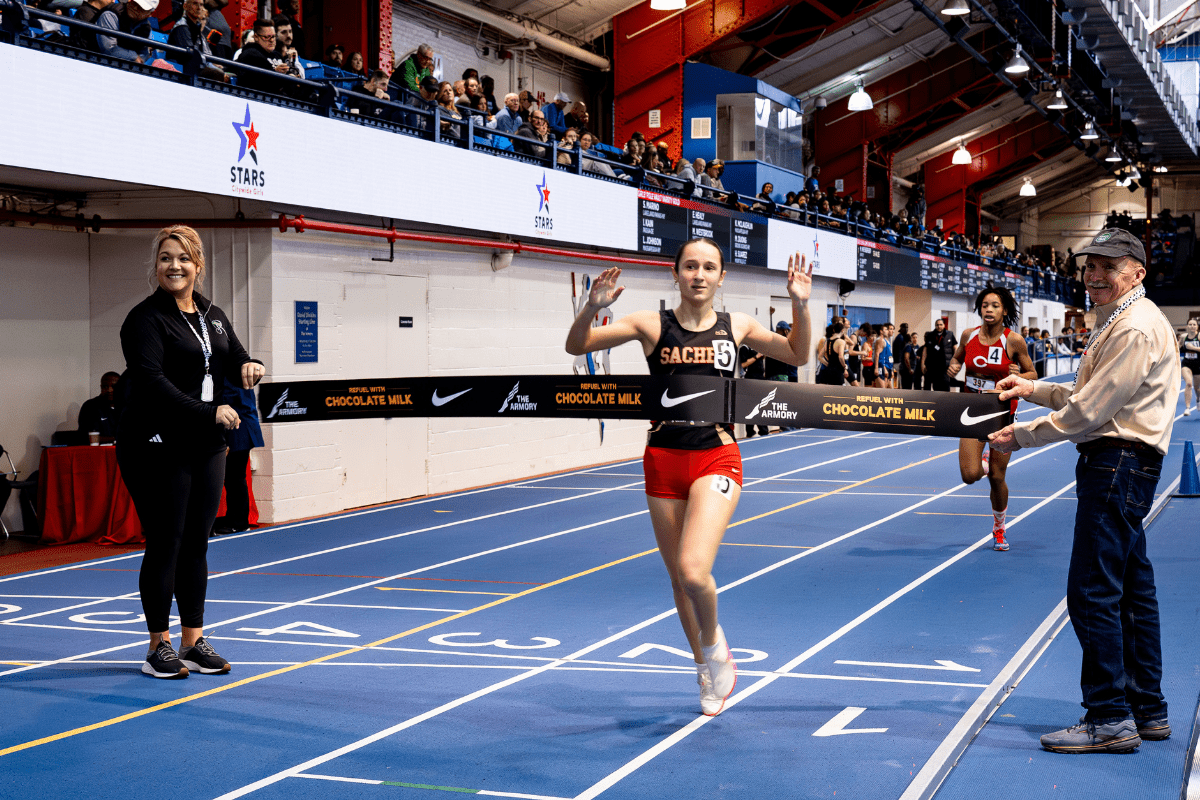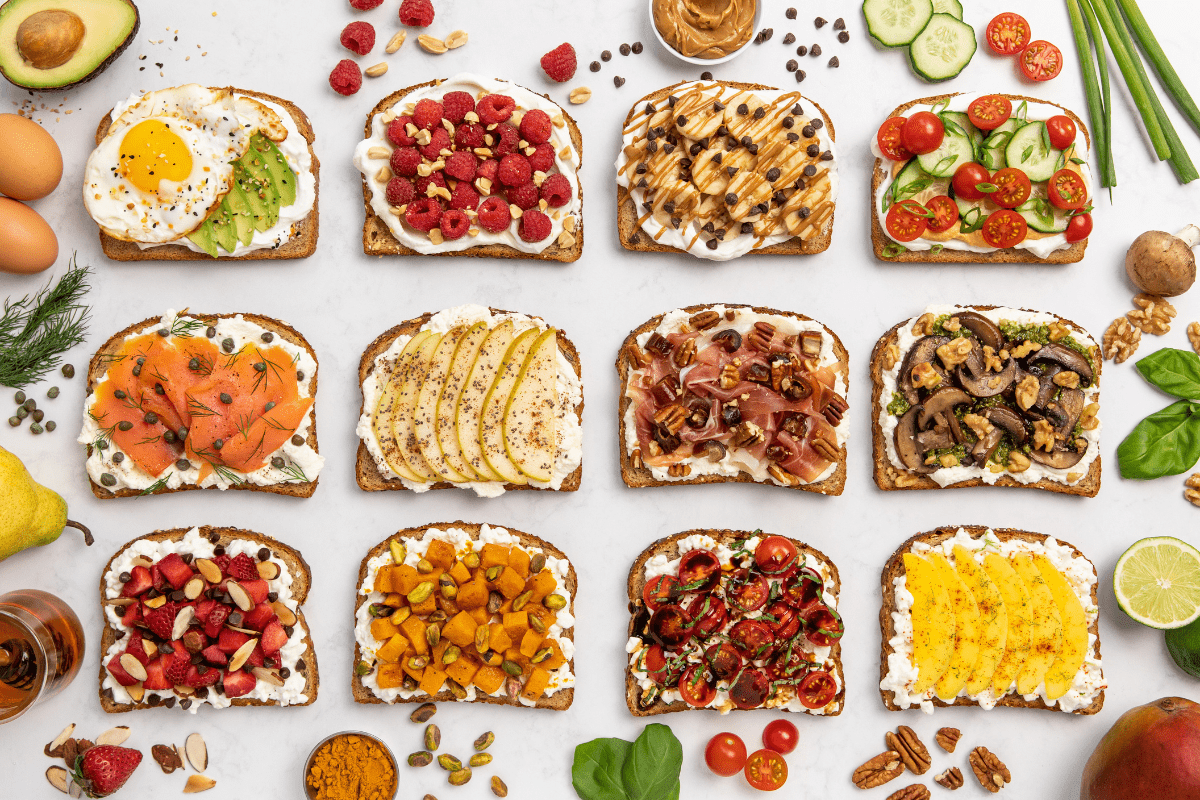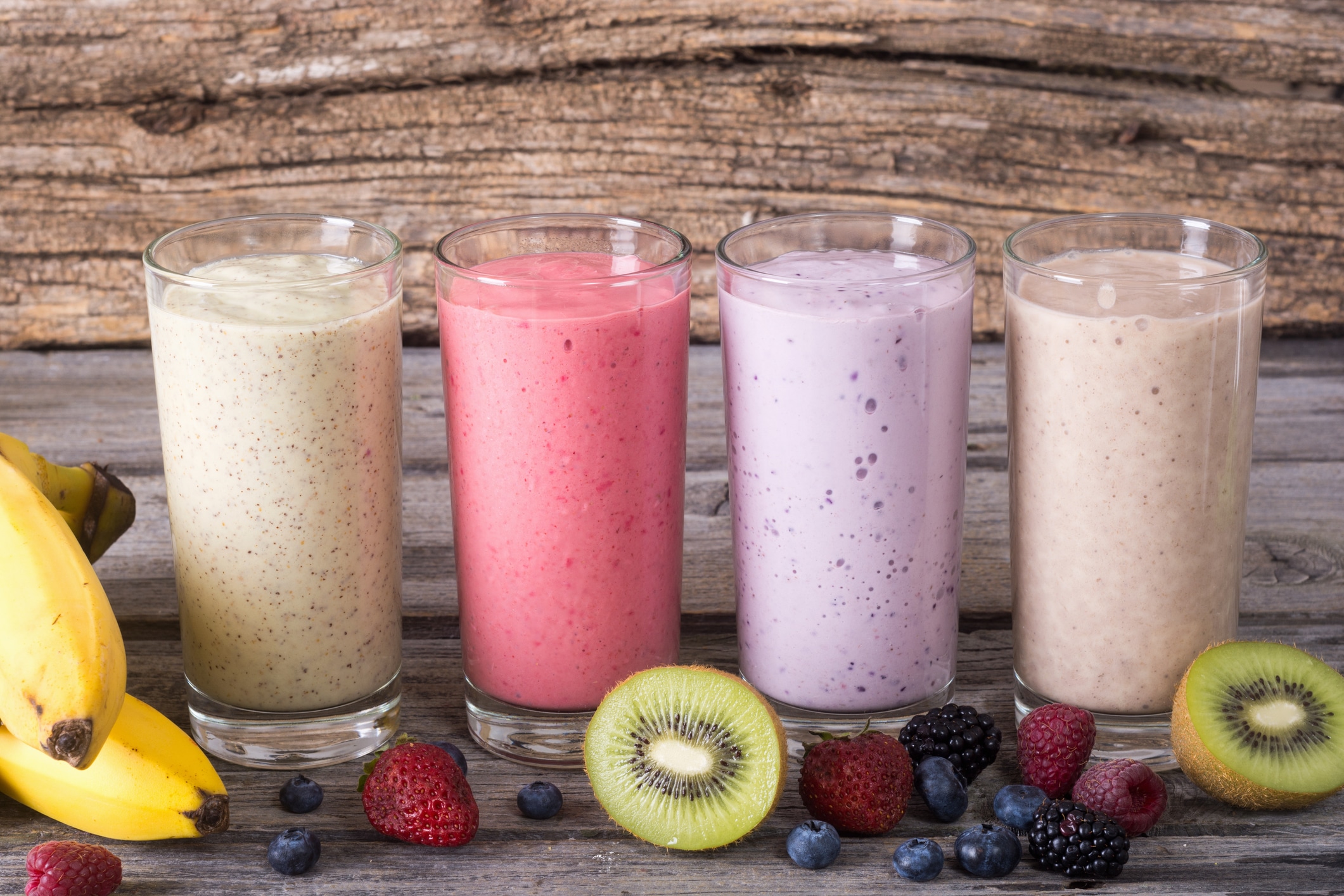Many people use the start of a new year to evaluate their approach to health and nutrition. It’s also when U.S. News enlists the help of diet and nutrition experts to rank the best and worst diets. The ranking doesn’t consider the nutritional needs of student athletes, but it can help you figure out which popular diets might help you reach your athletic goals. Here, I want to share the U.S. News review and ranking and discuss things you should consider before starting a new eating plan.
Diets Are Not “One Size Fits All”
First, you should know that not all diets are right for all student athletes. Your eating plan should have the amount of calories and macronutrients that will fuel your body for training and competition. And it should also be personal to you. You need to like the foods included in your diet. It should also be flexible, so you can swap foods and adjust when you’re eating if you are away from home or your schedule changes.
Before you begin any new eating plan, you should figure out what you need from it. Consider the following questions:
- What are your goals?
- How much time do you have to devote to a new eating plan?
- What does your current eating pattern look like? Think about the variety of things you eat, how much, and how nutritious it is.
Red Flags in a Diet
There is a big difference between a healthy diet and a fad diet. If you’re an athlete thinking about changing how you eat, you should know the difference. Fad diets often make big claims and great promises, but they might hurt your performance. One example is a low-carbohydrate diet. As an athlete, your body needs carbs for strength, speed, and stamina. If you need any of those in your sport, the low-carb plan is not a good fit for you.
Here are some things to consider when figuring out which diet plan is best for you:
- Does the plan cut out an entire group of food?
- Is the eating plan very low in calories?
- Are the plan’s foods expensive and not easy to buy?
- Are supplements a big part of the plan?
If the answer to any of these questions is yes, it might not be a good fit for you. I looked at the 2022 U.S. News Best Diet ratings. Based on those, here are my thoughts on the best eating plans for athletes.
Mediterranean Diet
The Mediterranean diet centers on fruits and vegetables. It includes small amounts of meat and poultry, moderate amounts of fish, and generous amounts of beans. Full-fat yogurt and cheese are the predominant dairy foods. Carbs come from pasta, rice, potatoes, bread, and grains such as barley, polenta, and couscous. Fat comes from olives, olive oil, nuts, and seeds. You would fill most of your plate with veggies and grains. That means meat would be a side dish. This eating plan is heart-healthy. It also includes anti-inflammatory foods and lots of fruits and vegetables that play a role in supporting a healthy immune system.
DASH Diet
DASH stands for Dietary Approaches to Stop Hypertension. You might not be worried about your blood pressure now, but athletes of all ages want a healthy heart. On the DASH diet, you eat lots of fruits and veggies, three servings of low- or non-fat dairy daily, whole grains, lean meats, poultry, fish, nuts, and beans. Fruits and veggies provide carbs, fiber, vitamins and minerals. Dairy foods provide protein and minerals for bone health.
Flexitarian Diet
This is a mostly plant-based diet. But as the name says, it’s flexible. It’s for people who want to include some meat and other animal foods like eggs and dairy in their plant-based menu. The base of the diet is plants: fruits, veggies, beans, peas, and whole grains. Those provide the energy for your sport. If you eat this way, you will focus on plant proteins. These come from beans, peas, nuts, seeds, tofu, veggie burgers, and other soy-based products. Nuts, nut butters, seeds, seed butters, oil, and avocado are sources of fat.
Volumetrics
This diet is great for athletes in sports with weight classes, such as wrestling. It’s also good for people who want to lose weight without feeling hungry. Your meals will look large, even though you’re not overeating calories. That’s the trick behind volumetrics: you eat foods that contain a lot of fluid, because that makes you feel full. And you’ll be more hydrated. That’s a big bonus for athletes. Some foods you’ll eat on this diet are smoothies, soups, stews, chili, salads, bean dishes, stir-fries, and oatmeal.
Feeling fuller helps to stave off hunger and makes less food look like more. The pairing of protein with carbohydrates that athletes need can come from a Greek yogurt dip along with veggies, or a shrimp-veggie stir fry over whole grain rice. Extra-lean beef chili with beans and shredded cheddar over a baked potato also provides the fill factor, as well as the fuel for sport.
Vegetarian Diet
Athletes who want to follow a vegetarian diet have lots of options. Plant-based eating is very popular right now, but note that you can be plant-inclusive, not plant exclusive. A plant-based eating plan is great for everyone. That’s because most of us don’t eat enough plants, especially fruits and vegetables, but do remember that when choosing a plant-centered plate you can still include nutritious animal foods such as dairy, lean meats, poultry, fish and eggs.
Vegetarians can be lacto-vegetarian, lacto-ovo vegetarian, or pesco-vegetarian. Here is what each of those eating plans looks like.
Lacto-vegetarian: This includes a variety of fruits, veggies, pasta, rice, bread, cereal, potatoes, beans, nuts, and seeds. It does not include meat, poultry, eggs, and fish. But athletes can meet their protein needs with dairy foods like milk, yogurt, and cheese.
Lacto-ovo vegetarian: In addition to the foods in the lacto-vegetarian diet mentioned above, this diet includes eggs.
Pesco-vegetarian: On this diet, you’d eat the same fruits, veggies, pasta, rice, bread, cereal, potatoes, beans, nuts, seeds, eggs, and dairy foods as on the above two plans. You’d also eat fish and shellfish.
Athletes can succeed with a plant-based diet. Just make sure to plan your meals so you get enough calories, macronutrients, and micronutrients.
Bottom Line
When you research the best diet or eating style for you, consider your body size and shape. Also think about what you need for your best performance. For example, if you run a lot for your sport, you don’t want a diet that limits the amount of carbs you eat. Choose your eating plan with as much thought as you choose your sports gear. Make sure the plan makes sense for your schedule and budget, and that it’s flexible enough to allow you to find the right foods in all situations. And make sure you’ll like the food.
After you start the diet, figure out how you feel. Have your strength, speed, and stamina changed? If so, is it due to what you’re eating or how much you’re eating? If you’re hungry, you will have a hard time excelling in the classroom or on the court, field, rink, or the pool. If you don’t feel right, assess your diet and find a strategy that will help you meet your goals.





